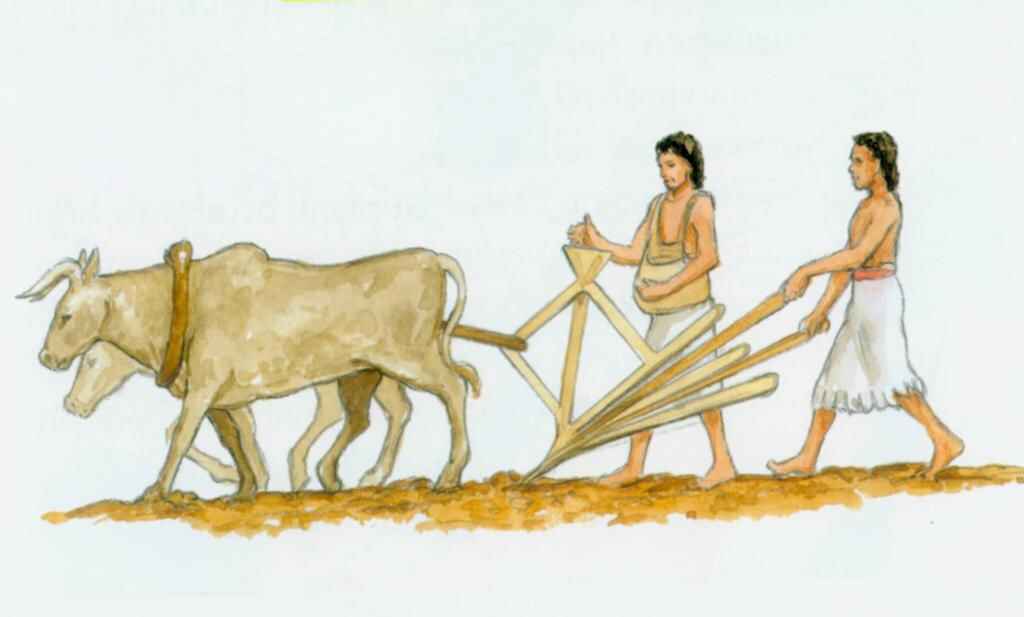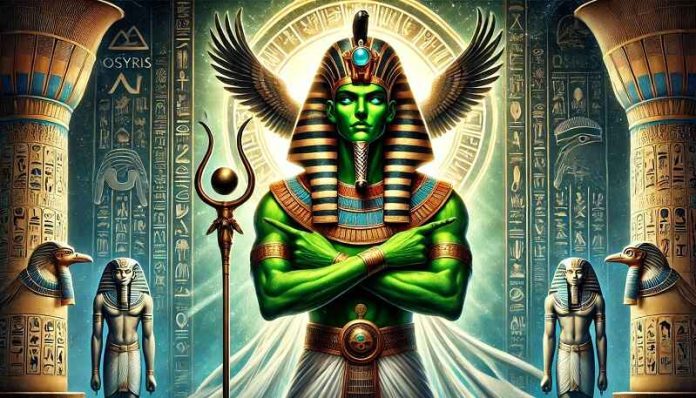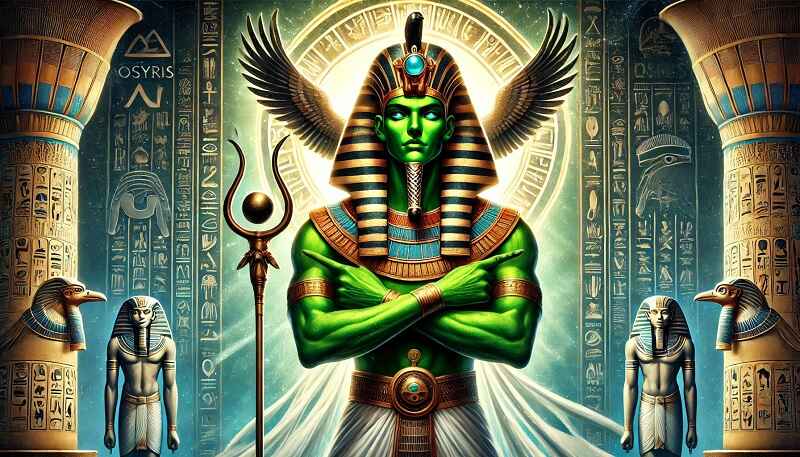In the cradle of civilization, nestled between the Tigris and Euphrates rivers, the ancient Sumerians laid the foundations for modern society. Among their numerous contributions, the invention of the plow stands as a pivotal achievement, symbolizing the dawn of agriculture.
But as with many ancient innovations, the Sumerian plow is shrouded in mystery. What exactly was the Sumerian plow, and how did it transform society? Did the Sumerians indeed invent the wheel alongside the plow?
These questions have intrigued historians and archaeologists alike, prompting a deeper examination into the old Sumerian plow, its history, and the enigmatic details that still confound scholars today.
The Emergence of Agriculture in Sumer
The Sumerians are credited with creating one of the first complex societies around 4500 BCE. Central to their success was the development of agriculture, which transformed the Sumerian plains into a thriving center of human activity. The plow was a cornerstone of this transformation, enabling the cultivation of vast areas of land that were previously untillable.
The oldest evidence of the Sumerian plow dates back to approximately 3500 BCE, based on archaeological findings and ancient cuneiform texts. The earliest plows were simple wooden tools, often referred to as “ard plows.” These rudimentary devices were pulled by oxen and were used to break up the soil, making it easier to plant crops. While primitive by today’s standards, these early plows represented a monumental leap in agricultural technology.
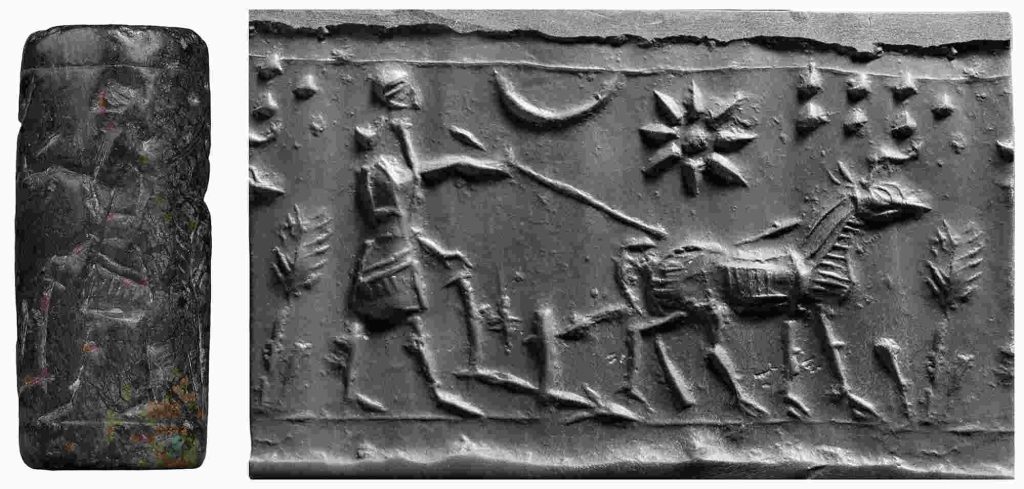
The Plow and Sumerian Society
The introduction of the plow had profound implications for Sumerian society. By increasing agricultural productivity, it allowed for the sustenance of larger populations and the growth of cities such as Uruk and Ur. The surplus of food enabled the rise of specialized professions, fostering advancements in writing, architecture, and governance.
The plow also played a symbolic role in Sumerian culture. It was often associated with the god Enlil, who was considered the lord of the air and earth. Enlil was believed to have gifted the plow to humanity, making it a divine instrument that connected the people with the gods.
Technological Advancements
The evolution of the Sumerian plow reflects the broader technological advancements of the time. Initially, the plow was little more than a pointed stick that was dragged through the soil. However, over time, Sumerians began to attach metal tips to the plows, increasing their efficiency and durability.
The use of copper and later bronze blades allowed the plow to cut deeper into the earth, further enhancing agricultural productivity. These advancements were often attributed to divine guidance, particularly from Enlil, the Sumerian god, who was believed to bestow such knowledge upon humanity.
The Origin of the Plow
Despite the significant role of the plow in Sumerian society, many aspects of its origin remain unclear. There is ongoing debate among historians regarding whether the Sumerians independently invented the plow or whether they adopted the technology from neighboring cultures. Some scholars argue that the concept of the plow may have been borrowed from earlier Neolithic societies, while others maintain that the Sumerians were the true innovators.
Another unresolved question is the relationship between the plow and the invention of the wheel. Both technologies appeared around the same time, leading some to speculate that the Sumerians may have developed them in tandem. However, concrete evidence linking the two inventions is scant, leaving this as one of the lingering mysteries of ancient Mesopotamian history.
The Plow in Sumerian Texts
Ancient Sumerian texts provide some of the earliest references to the plow, but they are often cryptic and open to interpretation. For instance, the famous Sumerian epic, “The Debate Between the Hoe and the Plow,” offers a poetic account of these tools but leaves much to the imagination regarding their actual use and significance. Additionally, the lack of detailed records on the construction and operation of early plows complicates efforts to fully understand how they functioned.

The Impact of the Plow on Sumerian Religion and Mythology
While the plow is closely associated with practical agricultural work, its significance in Sumerian religion and mythology adds another layer of mystery. The association of the plow with divine beings, particularly Enlil, suggests that it held a symbolic power that went beyond its utilitarian function. However, the exact nature of this symbolism remains elusive. Was the plow revered purely as a tool of sustenance, or did it also represent deeper cosmological beliefs about the relationship between humanity and the divine?
The Invention Debate
One of the most intriguing debates surrounding the Sumerian plow is whether it was truly a Sumerian invention or whether it was influenced by earlier cultures. Some archaeologists suggest that similar tools might have been used in the Neolithic period by pre-Sumerian cultures, possibly as early as 6000 BCE. If this is true, the Sumerian plow might be seen as an evolution of these earlier implements rather than a wholly original creation.
On the other hand, supporters of the Sumerian invention theory point to the lack of concrete evidence for earlier plows and argue that the Sumerians’ documented use of the plow in agriculture marks a distinct innovation. This theory is bolstered by the fact that the Sumerians were among the first to develop writing, enabling them to record and refine their agricultural practices, including the use of the plow.
The Symbolic Interpretation
Another theory revolves around the symbolic meaning of the plow in Sumerian culture. Some scholars propose that the plow may have been more than just a tool; it could have represented fertility and the life-giving powers of the earth. This interpretation is supported by the frequent depiction of the plow in Sumerian art and literature as a divine gift from the gods, particularly Enlil.
In this context, the plow could be seen as a symbol of the Sumerians’ mastery over nature, a divine endorsement of their ability to cultivate the land and sustain their civilization. This perspective opens up fascinating questions about how the Sumerians viewed their relationship with the natural world and their gods.
The Wheel and the Plow
The theory that the invention of the wheel was closely linked to the development of the plow is another area of speculation. Some researchers suggest that the need to transport heavy plows may have driven the invention of the wheel, which later became one of the most significant technological advancements in human history. If true, this would make the Sumerian plow not only a revolutionary tool in its own right but also a catalyst for even greater innovations.
However, the lack of definitive archaeological evidence to support this theory means it remains speculative. The earliest known wheels appear on Sumerian chariots and carts, but it is unclear whether these were developed before or after the plow.
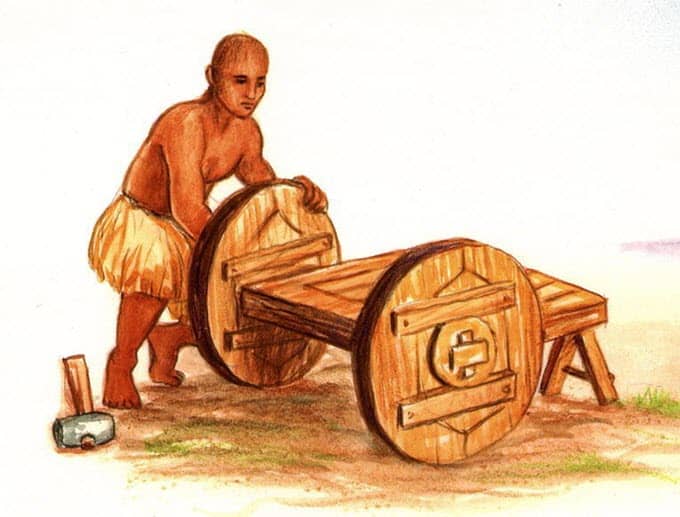
The Role of the Plow in Sumerian Society
Some historians speculate that the plow played a critical role in shaping the social and political structures of Sumerian society. By enabling the production of food surpluses, the plow may have contributed to the rise of the Sumerian city-states, where wealth and power were concentrated among those who controlled agricultural production. This, in turn, could have led to the development of more complex social hierarchies and the establishment of ruling elites.
In this view, the plow is not just a tool of agriculture but a driving force behind the emergence of civilization itself. This theory aligns with the broader understanding of how technological innovations can shape human societies, from the development of metallurgy to the invention of writing.
Frequently Asked Questions (FAQs)
1. What was the Sumerian plow?
The Sumerian plow was an ancient agricultural tool used to break up the soil for planting crops, revolutionizing farming practices in ancient Mesopotamia.
2. Did Sumerians invent the wheel and the plow?
There is evidence that both the wheel and the plow were developed around the same time in ancient Sumer, though it is unclear if they were invented together.
3. What was the Sumerian wheel used for?
The Sumerian wheel was primarily used for transportation, such as in carts and chariots, and it played a crucial role in the advancement of Sumerian society.
4. What did the ancient plow do?
The ancient plow broke up and turned over the soil, making it easier to plant seeds and increasing the efficiency and yield of agricultural fields.
5. What is the significance of the Sumerian plow in history?
The Sumerian plow is significant as one of the earliest examples of agricultural technology, which enabled the growth of civilization in ancient Mesopotamia.
Conclusion
The Sumerian plow remains an enigma, a symbol of both human ingenuity and the mysteries of our ancient past. While much is known about its role in transforming agriculture and society, many questions persist. Did the Sumerians truly invent the plow, or did they borrow and refine existing technologies?
How closely was the plow linked to the invention of the wheel, and what deeper meanings did it hold in Sumerian religion and mythology? As new discoveries emerge and our understanding of the ancient world deepens, we may one day unravel these mysteries. Until then, the Sumerian plow continues to intrigue and inspire, reminding us of the enduring legacy of one of humanity’s earliest and most significant civilizations.
Use of Our Content
⚠️ Content on “Mystery Uncover” is protected under US and International Copyright Laws.
You are free to reuse, republish, and share our content by giving credit to the source as Mystery Uncover with a link to the original material on mysteryuncover.com.


